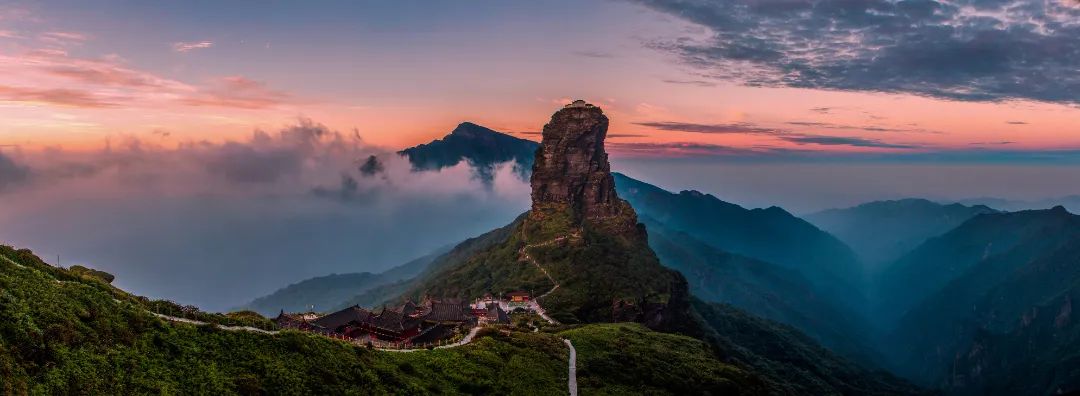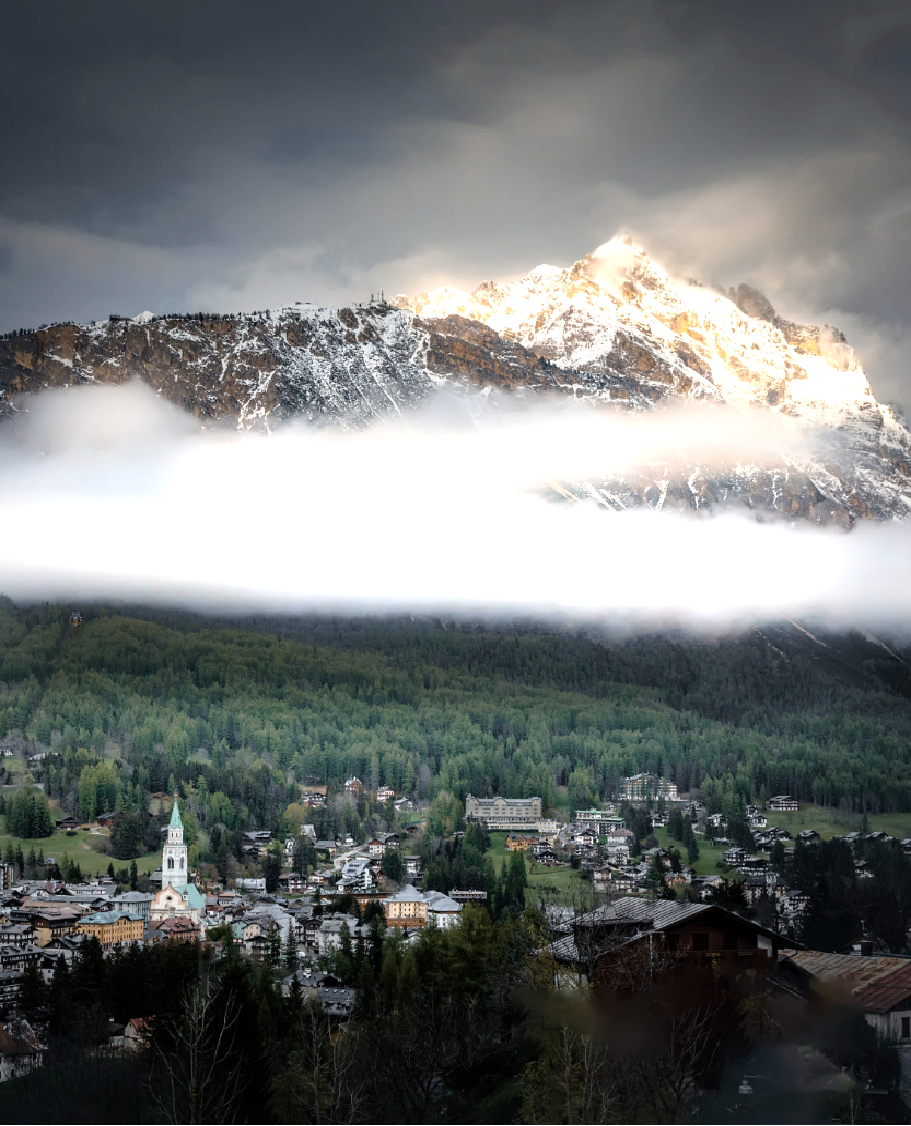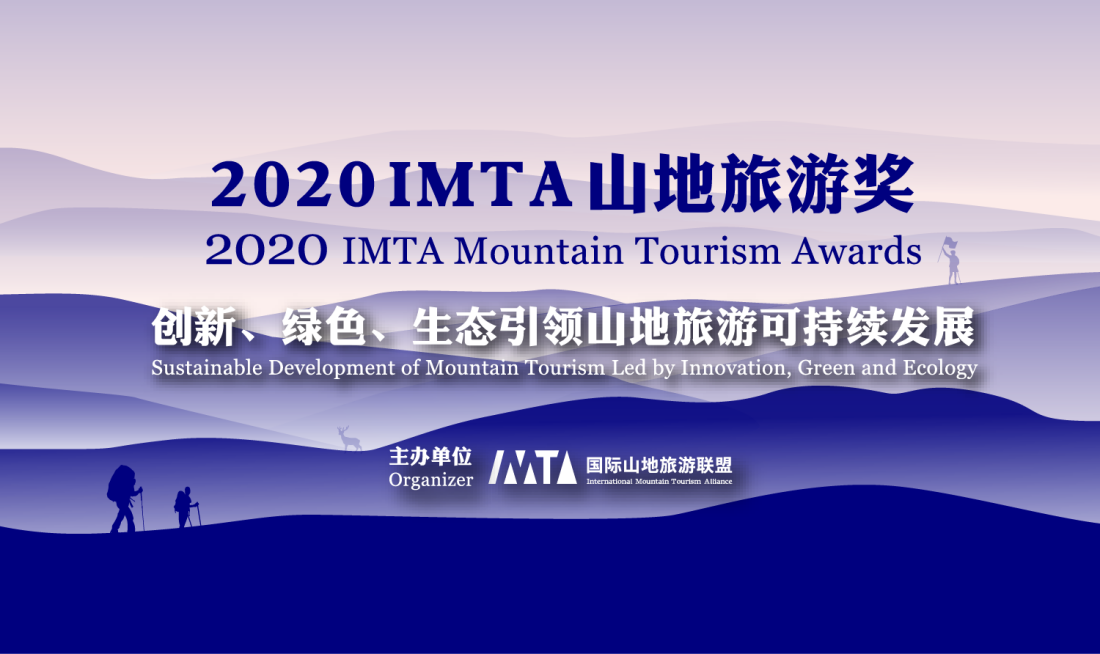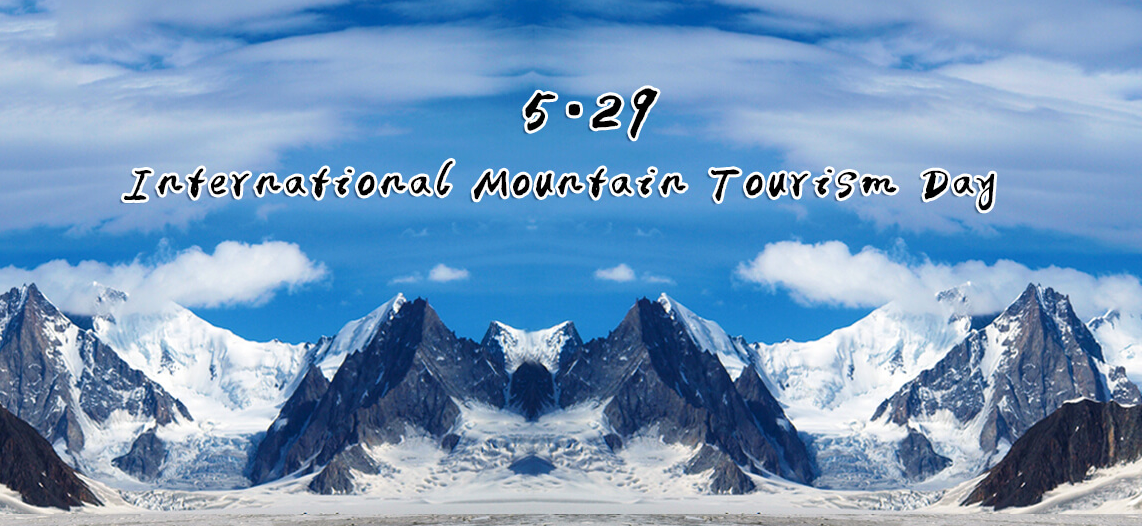Editor's note: On September 15, the "International Mountain Tourism Alliance (IMTA) Annual Conference and Dialogue among World Famous Mountains 2023" opened in Xingyi City, Guizhou Province. Gathering over 200 participants, including IMTA members, renowned international organizations, relevant national cultural and tourism departments, leaders and officials from Guizhou Province, professional tourism organizations and enterprises, world-famous mountain and mountain tourism destination institutions, media and other esteemed guests. The conference was themed with "Mountain Tourism Resource Innovation and Destination Construction." Simultaneously, the Dialogue among World Famous Mountains explored the theme "World Famous Mountains Empower the Wellness of Mountain Tourism." Discussions revolved around cutting-edge strategies for mountain resource protection, innovative utilization, and development, fostering an inclusive and collaborative atmosphere.

Tiger Wu(吴必虎), Director of the Tourism Research and Planning Center, College of Urban and Environmental Sciences, Peking University, delivered a keynote speech at the Dialogue among World Famous Mountains 2023.

Source: IMTA
The following is the full text of the speech:
It is a great honor for me to give a speech as a member of the Expert Committee of the International Mountain Tourism Alliance. Commissioned by the International Mountain Tourism Alliance (IMTA), we conducted preliminary research on the classification and evaluation criteria of famous mountains in the world, which showed initial achievements one year ago. We have recently been thinking about how to promote countries around the world to truly evaluate or recommend potential world famous mountains. This topic is also more in line with the theme of “Dialogue among World Famous Mountains”.
During the COVID-19 epidemic, people were eager to escape from densely populated places, so they came to mountainous areas. As a result, mountain tourism received more attention and gained importance. Since the outbreak of the epidemic, the data of outdoor tourism in mountainous areas has increased by 163%, and the growth rate of mountain tourism has exceeded that of the tourism industry. People's travel mode has changed from sightseeing to experience tourism, and mountain tourism has also changed from niche to mass tourism. According to UNWTO statistics, mountain tourism currently accounts for 20% of the total global tourism, and the figure is increasing year by year.

Source: IMTA
When traveling, people tend to choose famous mountains that are worth visiting because they can experience more cultures, see more scenery, and communicate more. According to our previous research and reference to the evaluation criteria of various types of tourism destinations and tourism resources around the world, including selection indicators for world heritage sites, 5A scenery sites in China, national parks and so on, a systematic classification and evaluation system of world tourism famous mountains has been formed.
In terms of cultural resources, natural resources and the capacity of tourism reception facilities and service management in mountain tourism destinations, we propose three types of world-famous tourism mountains: famous national mountains, famous cultural mountains, and famous natural mountains. When considering the selection, classification, and evaluation of famous mountains, we should consider not only the significance of heritage, academics and archaeology, but also the tourism function.

Source: IMTA
Each of the three types of world-famous tourism mountains proposed by us has corresponding evaluation standards and indicators. As a world-renowned mountain, its influence and service capabilities worldwide are also important factors in addition to abundant tourism resources. Based on these two considerations, let's talk about the evaluation criteria for three types of famous mountains.
Firstly, famous national mountains.
A famous mountain can be a cultural mountain, a natural mountain, but not necessarily a national mountain. A national famous mountain must be officially recognized, or approved by the majority of the people, and in line with the national spirit; Or it can showcase a country’s representative history or core national spirit in order to be called a national mountain. Examples include Mount Tai in China, Mont-Saint-Michel in France, and the Isle of Skye in Edinburgh, Scotland and the UK.

Source: IMTA
Second, famous cultural mountains
Famous cultural mountains are famous mountains with spiritual symbolic value, historical and cultural resources, artistic resources, scientific value, and cultural diversity, in which the study of cultural diversity resources provides methods for comprehensive and in-depth analysis and understanding of the destination at the cognitive level, and provides an important basis for the protection, development and utilization, and effective management of the project sites at the practical level. A famous cultural mountain should be the birthplace, witness and holy place of universal or ancient religious beliefs; It is the place of origin, witness or commemoration of major historical events that affect the development of a country or the world; It is the birthplace of human civilization or a witness to important historical stages of human development; It is closely linked to world-famous works of art or literature; it can be creative achievements that represent the interaction between people and the mountainous environment during a certain period, with scientific research, science popularization, and science and education value; With rich cultural diversity, it is a carrier of unique mountain culture, such as Mount Sinai in Egypt and Mount Fanjing in China.

Source: IMTA
Third, famous natural mountains
Famous natural mountains are tourism mountain types with geological and geomorphic resources, meteorological and climatic resources, natural scenery resources, and biodiversity. Among them, biodiversity depends on the formation and development of the natural complex of mountain ecosystems and its changes affect the supply and recovery capabilities of ecosystem services, playing a decisive role in the functional performance and structural stability of ecosystems. A famous natural mountain must have unique geological and landform resources, which are typical examples of important stages in the history of the earth evolution and biological evolution. It must have unique meteorological and climate resources in the world and be a world-famous summer resort or place for observing sun, moon, stars, and light; The types of natural landscapes are typical or diverse, maintaining their authenticity and aesthetic importance. Rich biodiversity represents ongoing ecological and biological processes, such as the Alps, Andes, etc.

Source: IMTA
According to the above three classification criteria, we are currently drafting the "World Famous Tourism Mountains-Identification Criteria" to promote the sustainable development of international mountain tourism by developing classification and evaluation criteria for world-famous tourism mountains. At the same time, it provides theoretical guidance to governments and managers of mountain tourism destinations.
Text and images source: IMTA
Editor Ⅰ: Zhang Wenwen
Editor Ⅱ: Wu Dan
Editor Ⅲ: Liu Guosong














